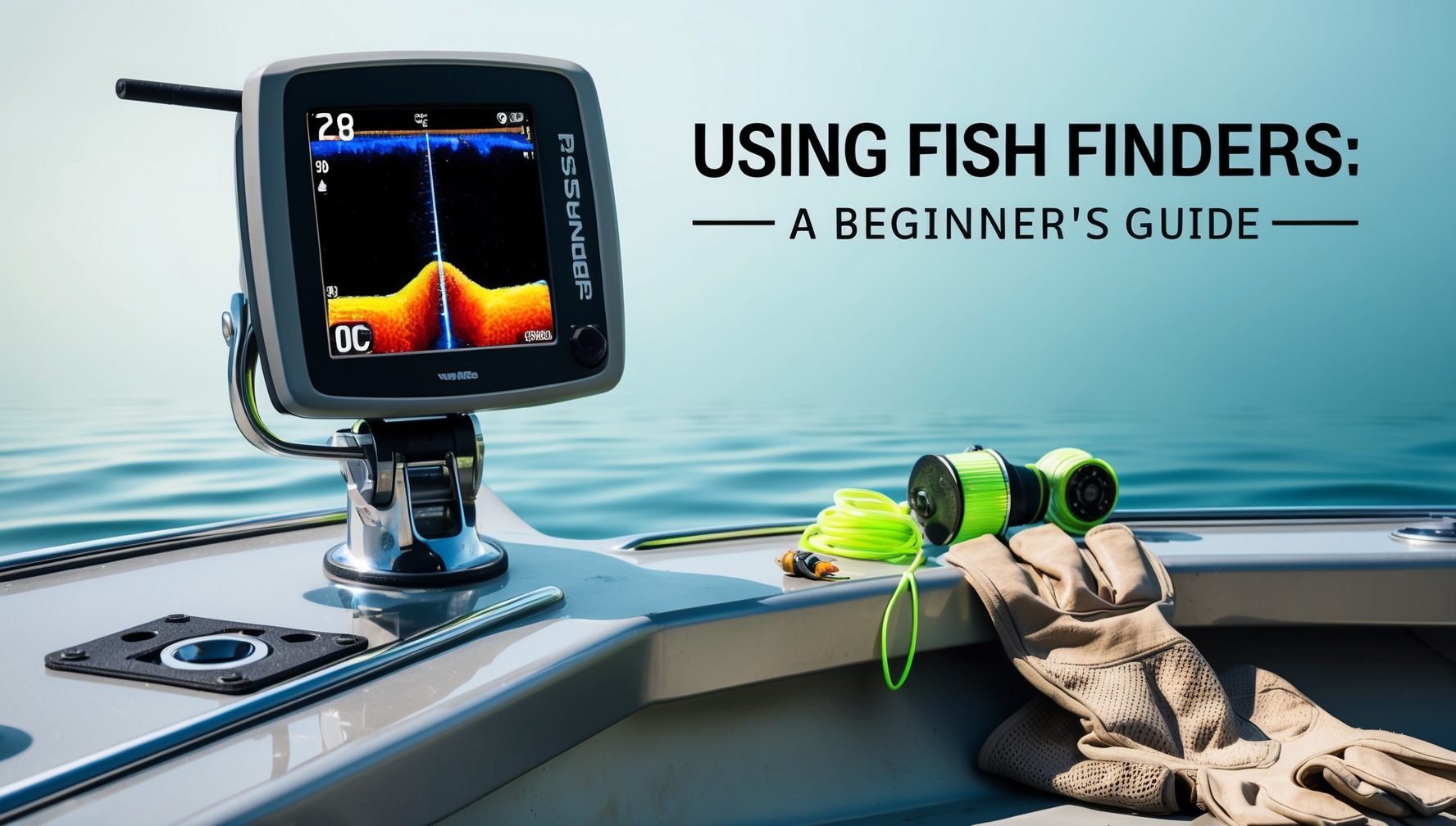Fish finders are essential tools for modern anglers, providing valuable information about underwater structures, fish locations, and water conditions. For beginners, using a fish finder can significantly enhance your fishing experience and improve your chances of success. This guide will help you understand the basics of fish finders, how they work, and how to use them effectively.
What is a Fish Finder?
A fish finder is an electronic device that uses sonar technology to detect and display underwater objects, including fish, structures, and the seafloor. It provides visual information on a screen, allowing anglers to locate fish and understand underwater conditions.
Components
- Transducer: Sends and receives sonar waves. It is usually mounted on the boat’s hull or transom.
- Display Screen: Shows the information gathered by the transducer. It can be a standalone unit or part of a multi-function device.
- Control Unit: Allows you to adjust settings and interpret the data from the transducer.
How Does a Fish Finder Work?
Sonar Technology
Fish finders use sonar (Sound Navigation and Ranging) technology to detect underwater objects. The transducer emits sound waves, which travel through the water and bounce off objects. The reflected waves are received by the transducer and converted into visual data on the display screen.
Understanding the Display
- Fish Arches: Indicate the presence of fish. The size and shape of the arches can give clues about the size of the fish and their depth.
- Depth Information: Shows the distance between the transducer and the seafloor or objects in the water.
- Water Temperature: Some fish finders also display water temperature, which can help in determining the best fishing conditions.
Choosing the Right Fish Finder
Types of Fish Finders
- Standalone Fish Finders: Focus solely on fish finding and depth measurement. Ideal for anglers who need a dedicated fish finder.
- Combo Units: Integrate fish finding with GPS and chart plotting capabilities. Suitable for those who want multifunctional devices.
- Portable Fish Finders: Designed for use on small boats, kayaks, or from the shore. Easy to transport and set up.
Key Features to Consider
- Screen Size and Resolution: Larger screens with higher resolution provide clearer and more detailed images.
- Frequency: Higher frequencies (200 kHz) offer better detail in shallow waters, while lower frequencies (50 kHz) are better for deeper waters.
- Power Output: Higher power output allows for better depth penetration and more accurate readings.
In addition to selecting the right fish finder, having a comprehensive fishing gear checklist ensures you’re well-prepared for your fishing trip
Setting Up Your Fish Finder
Mounting the Transducer
- Location: Mount the transducer in a location where it will be submerged and free from interference, such as on the transom or hull.
- Angle: Ensure the transducer is angled correctly for optimal performance. It should be parallel to the water’s surface.
Adjusting Settings
- Depth Range: Set the depth range to match the water depth where you are fishing. This helps in focusing the sonar readings.
- Sensitivity: Adjust the sensitivity to detect the faintest echoes without picking up excessive noise.
- Color Palette: Choose a color palette that contrasts well with your environment for easier reading.
Using Your Fish Finder on the Water
Interpreting the Data
- Fish Location: Look for fish arches or symbols indicating fish. They are usually displayed as shapes or arcs on the screen.
- Structure: Identify underwater structures such as rocks, trees, or drop-offs. These areas are often hotspots for fish.
Adjusting While Fishing
- Depth Changes: Continuously monitor and adjust the depth range as you move to different depths.
- Sensitivity Levels: Adjust sensitivity based on water conditions and the type of fish you are targeting.
Identifying underwater structures and other features with your fish finder can help you locate potential fishing hotspots where fish are likely to gather.
Maintenance and Care
Regular Cleaning
- Transducer: Clean the transducer regularly to ensure accurate readings. Remove any debris or algae that may affect performance.
- Screen: Wipe the display screen with a soft cloth to keep it clear and readable.
Storage
- Protection: Store the fish finder in a dry, cool place when not in use to prevent damage.
- Battery Care: Ensure the battery is charged and in good condition. Replace it as needed to maintain performance.
Beyond regular cleaning and storage of your fish finder, following maintenance tips for fishing gear will prolong the life of your equipment and keep everything in top condition.
Conclusion
Using a fish finder can greatly enhance your fishing experience by providing valuable insights into underwater conditions and fish locations. Understanding how fish finders work, choosing the right model, and properly setting up and maintaining your equipment will help you make the most of this powerful tool. With practice and attention to detail, you’ll become proficient in using a fish finder to improve your fishing success.
